There are many different kinds of technology out there to aid children’s health such as smart inhalers and continuous glucose monitoring. There is also technology that helps students function better in daily activities such as wheelchairs, glasses or hearing aids. As a teacher you must be aware of the students in your class with disabilities. Being adaptable, organized and compassionate will help you best teach all your students including those with health disabilities. I am hoping my project helps inform other future teachers about different disabilities and technologies associated with them. As teacher we need to help all students learn to the best of their ability therefore teachers will most likely need to alter the way they teach if they have a student with a disability in their class. It is important to understand that students with disabilities are very capable and may simply need a little extra help.
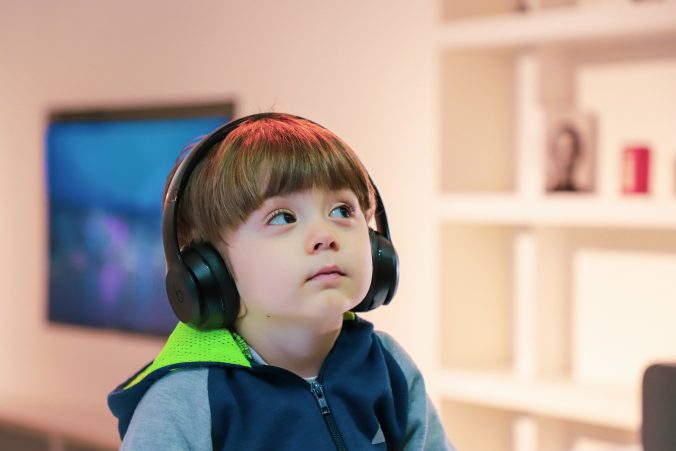


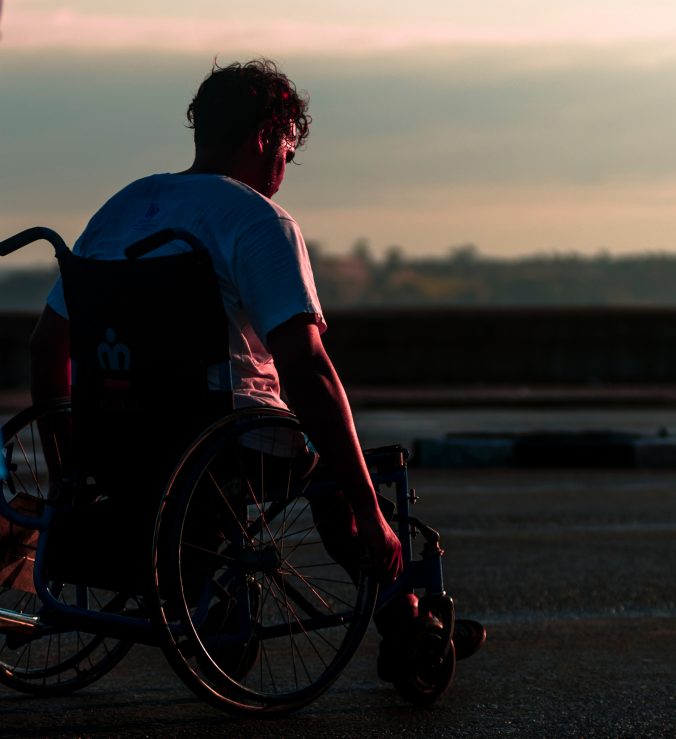

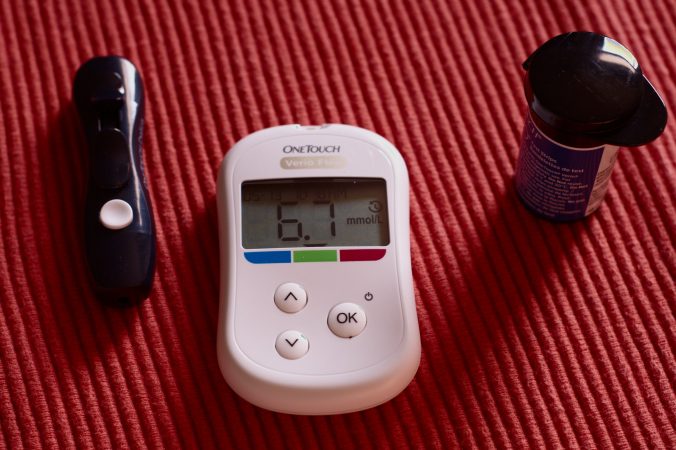

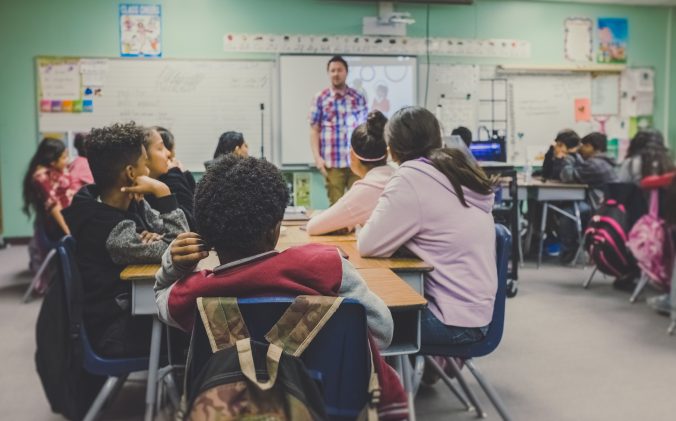
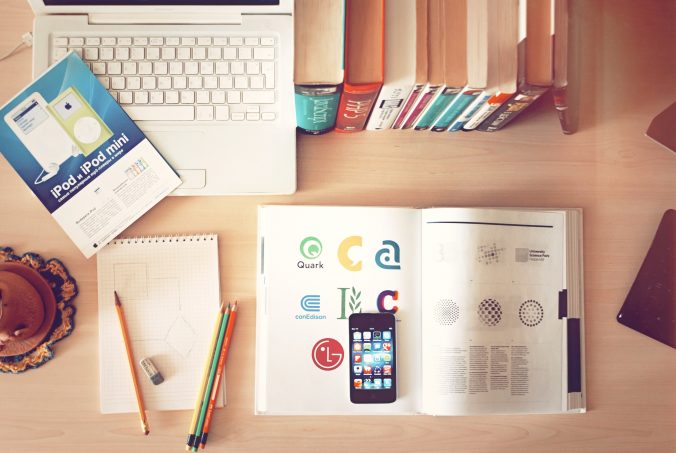
Recent Comments